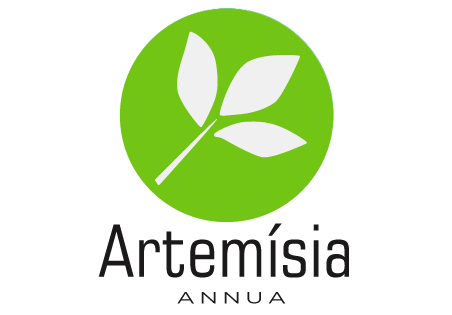THÉRAPIE DU CANCER AVEC ARTEMISIA

Traitements combinés du cancer avec des médicaments de type artémisinine. L'Artemisia annua L. est une plante médicinale chinoise, utilisée dans toute l'Asie et l'Afrique comme thé ou jus pressé pour traiter le paludisme. La bioactivité de son constituant chimique, l'artémisinine, est cependant beaucoup plus large.
Nous et d'autres avons découvert que l'artémisinine et ses dérivés exercent également une activité profonde contre les cellules tumorales in vitro et in vivo. Si les médicaments de type artémisinine sont systématiquement appliqués en oncologie clinique à l'avenir, alors probablement dans le cadre de schémas thérapeutiques combinés plutôt qu'en monothérapie.
Dans cette revue, je donne un aperçu complet des effets synergiques et additifs des médicaments de type artémisinine en association avec différents types d'agents cytotoxiques et modalités de traitement : (a) médicaments de chimiothérapie standard, (b) radiothérapie et thérapie photodynamique, (c) ) médicaments établis pour des indications autres que le cancer, (d) nouveaux composés synthétiques, (e) produits naturels et dérivés de produits naturels, (f) anticorps thérapeutiques et protéines recombinantes, et (g) ARN interférence.
Je résume également l'activité des médicaments de type artémisinine par rapport aux cellules multirésistantes et aux cellules tumorales avec d'autres phénomènes de résistance aux médicaments. Comme les interactions synergiques peuvent ne pas se produire uniquement dans les cellules tumorales, des réactions toxiques dans les cellules normales (hépatotoxicité, interactions médicamenteuses) ont également été prises en compte. Cette revue résume la littérature scientifique de plus de 20 ans à fin 2016.
Sources:















































